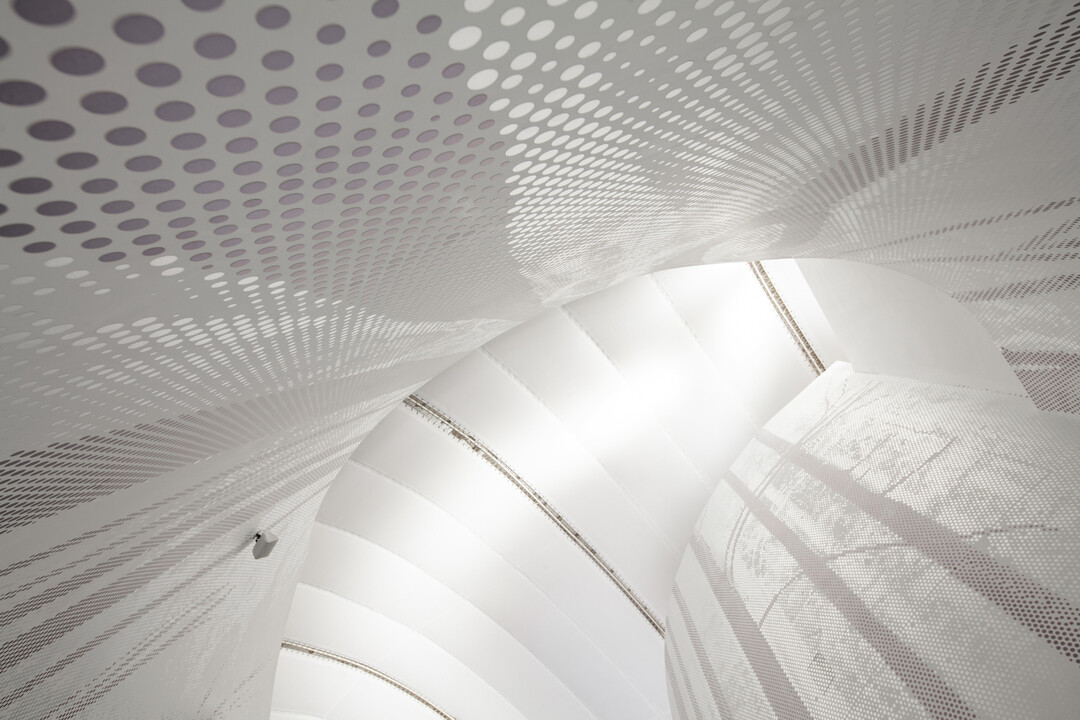
Members Only
Please join as a member and click "Members Only" to read more complete articles and exclusive content.

Please join as a member and click "Members Only" to read more complete articles and exclusive content.
透室
「買老房子就是連空間的靈魂一起買」設計師蔡思棣的這句話也概括了此屋的設計概念,一切都是以減少控制、尊重空間原本的樣貌去思考。談話間思棣也不時提起與屋主的互動,彼此融洽交流意見、有良好的信任基礎,使得雙方都能挹注熱情於空間的圍塑,訪談中只是頃聽,就能從整個故事中感受到熱忱與喜悅。
像這一類有一圈外陽台的老宅偶爾能在台北市發現,屋主夫妻非常喜歡這樣三面採光的環境,期望利用此優勢打造一個通透、會呼吸的空間,同時滿足兩人居家辦公而互不干擾,並且讓職業為導演的女主人,能招待賓客舉辦試映會。三十年的老屋想當然老舊管線的問題必須先解決,整頓的過程中還觀察到微傾的壁面,沒想到屋主見了只是大笑,便接受這樣的不完美,與之共存。不完美還包括沒有整平的壁面、自然呈現的梁柱、破損的磚牆,全都不特別裝飾掩蓋,只是運用油漆刷過,讓時間留下的紋理與結構訴說空間的歷史,也是這個經過翻新的空間引人玩味的特點。
住宅
既有的格局不僅制式、缺乏流動、使空間陰暗,外廊道的單一出入口也導致陽台空間容易被忽視,因此將原本連接外廊的窗戶拓寬為門,讓每個空間都能與陽台緊密連結,也方便屋主常常與栽植的花花草草互動。具流動性的動線設計也運用於書房,兩個出入口創造出環狀動線,闔上門片與鐵門則是能專注於工作的獨立空間,其中一道通往客廳的鐵門,五彩繽紛的視覺被幽默的屋主命名為「電五彩」,成為簡約空間中強烈的個性。儘管空間裡運用最簡單的材質,比如水泥粉光、不修飾的水泥板、不上木皮的樺木板、普通的漆與磚,然而軟裝透露著不凡品味的端倪,有部分家具更是來自喜愛研究經典設計的屋主。
思棣進一步分享鐵門的製作,成品止步於泡藥水的防鏽處理階段,鐵門上藥水流下的痕跡是不確定的因子,是一個不可控的過程,對應城市生活中我們總想掌控好一切,反而失去了探索繽紛五彩的可能性。從這個擁有迷人老靈魂的空間中,不只是尊重建築本質,學習放下控制的執念,用心傾聽,事物便會順著需求長成該有的樣子。